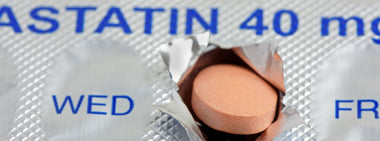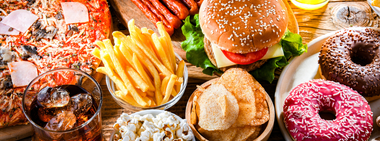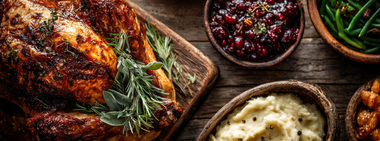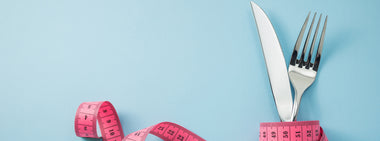10 tips to reduce self-sabotage when eating out

Last week I highlighted the perils of eating out. Not only is it expensive, it can also be a real health hazard. Where single entrees deliver multi-day doses of nutrients we’re trying to limit.
I also pointed out that one of the best ways to mitigate this peril is to become educated about what you are ordering. Many restaurants list nutrition information about their products online. Some even post the information at the point of ordering. Remember that you’re generally trying to stay at around 2000 calories, under 2300 mg of sodium and under 20 grams of saturated fat – for the entire day. So, think twice before ordering an item that gets you to your days’ allotment – or more – in one fell swoop.
Here are 10 other ways to reduce self-sabotage when eating out:
- Eat before you go out. OK – I know that sounds silly – but what I mean is eat something you know is truly healthy before you step foot in a restaurant. Like a piece of fruit or a handful of raw nuts - or a Step One bar. You’ll be less hungry, order more judiciously, and will likely end up eating less of something that might not be as health promoting.
- Always start with a salad or order a salad-based option if available. And ask for the dressing on the side. The lettuce and vegetable portion of a salad is high in volume but low in calories and sodium - with no saturated fat. And if you get your dressing on the side and dip your fork into the dressing before assembling each bite, you will reduce the amount of dressing you end up eating without missing out on any of the taste.
- Don’t feel like you have to finish everything on your plate. Many single entrees can feed a small family. Cheesecake Factory’s Breakfast Burrito is a case in point. Consider sharing entrees or committing to taking half of your food home with you for another meal.
- Ask for eliminations and substitutions. Just because a salad comes with fried chicken strips doesn’t mean you can’t ask for grilled ones instead.
- Favor vegetable-heavy choices. These may still end up being high in sodium, but at least they’ll usually be lower in calories and contain less saturated fat.
- Taste before you season. Most items are already loaded with salt. Resist the urge to pick up the shaker. Some restaurants accommodate a request to prepare your food without salt. You can then season it yourself at the table and control how much sodium you take in. It will be less than if it came seasoned already.
- Balance it out. If you have an especially rich meal, favor more spartan choices the rest of the day and even the next day. Fill up on fruits, vegetables, raw nuts, and greens. One day or one entrée doesn’t make or break health – it’s the cumulative effect of our choices that determine outcomes.
- Be mindful of what lands in your glass. Adding a bunch of liquid calories to a less than healthful entrée only compounds the problem. Drink more water – and less alcohol/soda/juice/milk - when eating out.
- Eliminate obvious saboteurs. Skip the dessert and bread basket – or at least choose smaller portions of each.
- Don’t be a lemming. Just because everyone else is ordering the giant entrée and the yard of beer, doesn’t mean you have to. You might need to endure some ribbing, but I guarantee that most people that are giving you a hard time are wishing they had ordered what you’re eating.
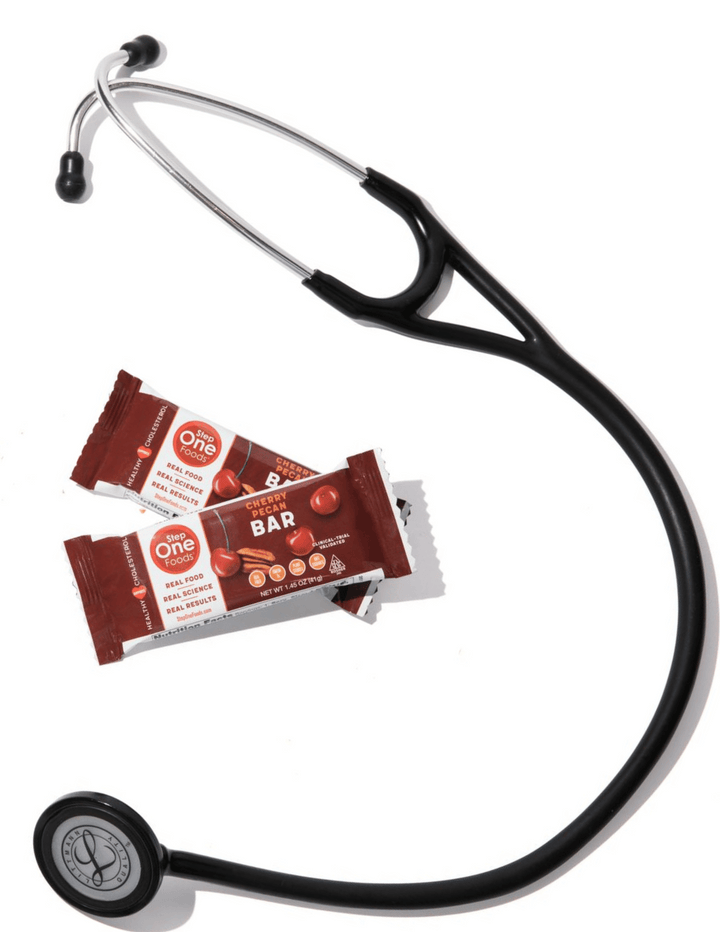
Tested & Proven Results.
- Cardiologist formulated
- Supported by over 500 publications
- Clinically-proven, in a double-blind randomized trial with Mayo Clinic and The University of Manitoba
80% of participants lowered their cholesterol in just 30 days. With just two servings per day, Step One Foods offers a proven-effective way to naturally lower LDL (bad) cholesterol.
Get heart health tips and articles like this, delivered right to your email.
New articles every week.
You may also like...
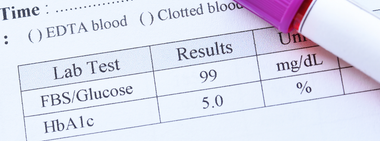
Insulin Resistance, Prediabetes and Type 2 Diabetes. Part 1: Defining the Problem
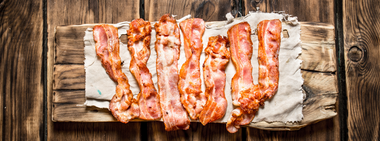
You don’t need to avoid foods with cholesterol…except for these
